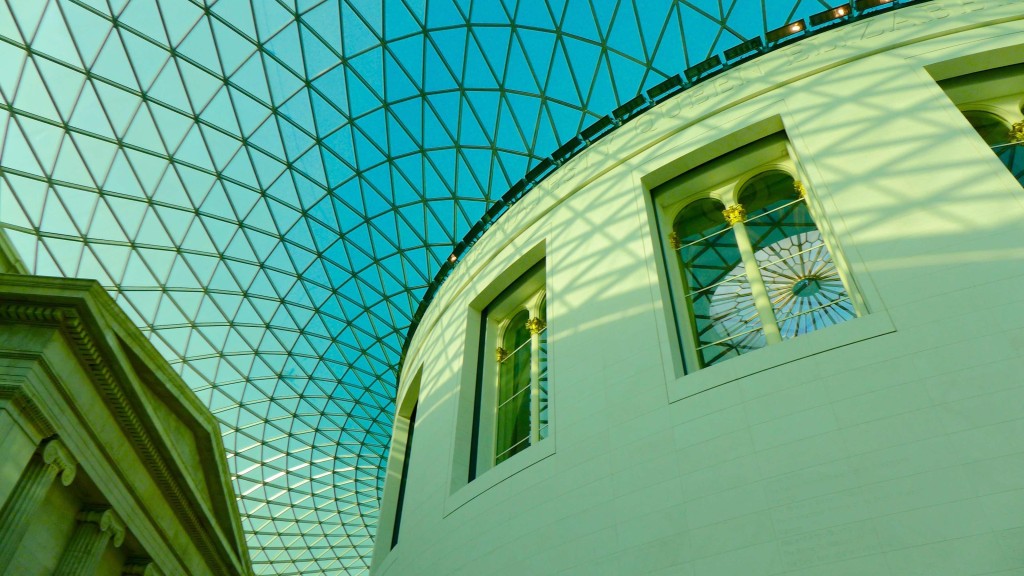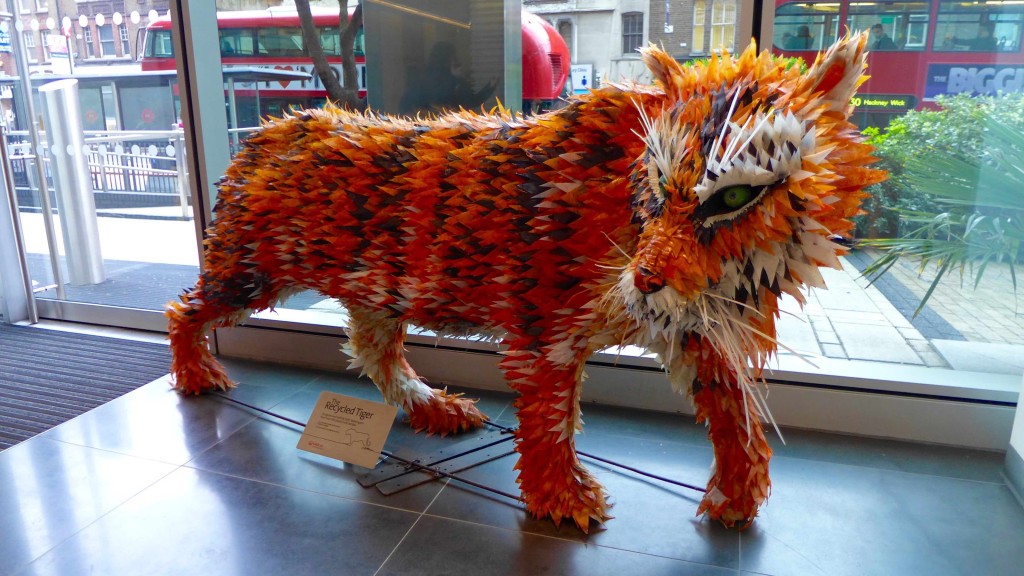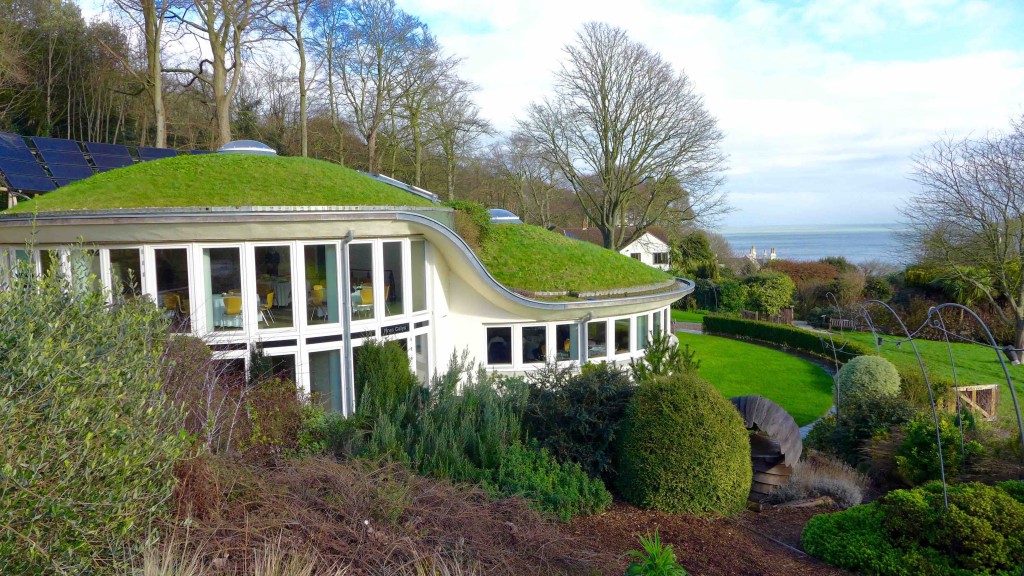















I can’t even begin to describe the acceleration of events in 2016. Have described it to people coming through the office as a bit like being strapped to a rocket.
A key part of this has been our new 2-year program with the United Nations Global Compact (UNGC), but it has also coincided with a range of other projects, including the beginning of a relationship with the new Global Commission on Business and Sustainable Development (GCBSD).
Among milestone moments in recent weeks was a visit with Elaine to the British Museum to see the Celts exhibition, subtitled Art and Identity. Stunning. On the way out, we wandered across to the Rosetta Stone, by far my favourite object in the BM.
With change in the air, we have been transforming bits of 1 Cambridge Road, creating a new study for Elaine in Gaia’s old bedroom. So we trekked across to John Lewis on the 26th to get a desk, chair and light. On the way there, or perhaps back, we passed the Fine Art Society in Bond Street, and on the spur of the moment ducked in to see an exhibition by Bartholomew Beal.
It was love at first sight, at least when it came to an enormous painting of his, The Eldest Have Borne the Most. Couldn’t help myself – bought it, though waited until Gaia and Hania had been to see it, too.
The image, part of a series of paintings based on King Lear, has endless elements that chime with aspects of my life: a eucalyptus-like forest background, very much like stained glass (a long-standing fetish of mine); a central figure very much like John St John, who Elaine worked with at Heinemann decades ago; the Green Man-like crown; the swirling elements being orchestrated (the story of my working life); the magic carpet; the sense of nature being ‘started’ by science and technology, symbolised by the two birds; and so on.
The next day, the 27th, kicked off with a breakfast meeting at Veolia’s HQ, where I chaired a debate for Outstanding (they work with the LGBT community and allies) featuring Unilever chairman Paul Polman. He really is a phenomenon, stunningly impressive. The invitation came via Ori Chandler, who worked with me at SustainAbility, back in the day.
On February 1st, Gaia, Hania, Jake, Pul and I helped celebrate Elaine’s 69th birthday at the Soho restaurant, Quo Vadis. A glorious evening. We were sitting right by the stained glass windows. And it was quiet enough that my tinnitus/hyperacusis problem wasn’t an issue.
Then, among a blizzard of other meetings with people like Cathy Runciman and Oriol Soler of the Atlas of the Future, Solitaire Townsend (to whom I owe the ‘Meerkat Moment’ phrase in a caption above, by which she meant we are at a juncture where a raft of opportunities seem to be coming our way) and Matt Sexton of Futerra, and Thomas Ermacora of Machines Room, it was time for me to take the train south to Folkestone, where Julie Hirigoyen of the UK Green Building Council and I were picked up by a car and driven through Dover to the amazing Pines Calyx conference centre. My session seemed to go very well.
On the way back to the station, the taxi driver (Simon) took me to see the Battle of Britain memorial at Capel-le-Ferne, which I had wanted to see ever since it was opened. Walked around it more of less on my own, and was moved to see Tim’s name on the scroll of honour. Simon’s father, it soon turned out, was a former navigator in a Wellington bomber, so inevitably we talked about Barnes Wallis and geodesic design.
Out of the melée of events in recent days, another that stands out was a breakfast meeting (there seem to be a fair few of these, these days) with UBS’s wealth management people. This followed on from a session I did for them in St Moritz late last year. it looks as thought the conversation will continue.
Then, earlier this evening, and the proximate trigger for this blog, we watched a quite remarkable pair of TV programmes. The first was the second part of Iain Stewart’s How Earth Made Us on BBC4. The first episode had been on seismic fault lines and how civilisation often sprang up alongside them, sometimes with disastrous consequences, as with Thera and Crete.
Interesting to see why Cyprus was an island of copper, and of other mineral resources. This latest episode was on water. All of which put me in mind of learning about hydraulic civilisations while doing Sociology at the University of Essex, back in the 1960s.
The second programme this evening, on Channel 4, was by Tori Herridge – entitled Walking Through Time. Unbelievably interesting – on the science that shows that the White Cliffs of Dover were created by a mega-flood some 450,000 years ago, when a massive glacial lake breached a chalk land-bridge that once connected Britain to the continent.
Uncomfortably topical in the light of the impending vote on whether the UK should stay in the European Union …

Leave a Reply